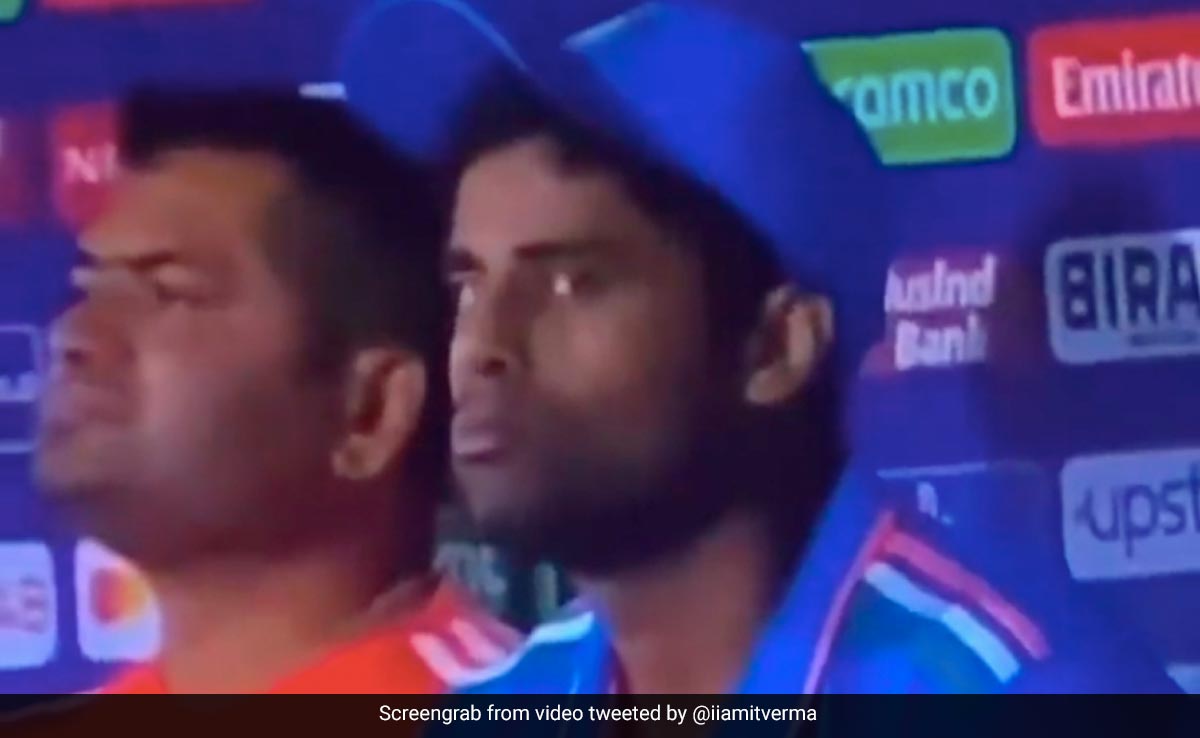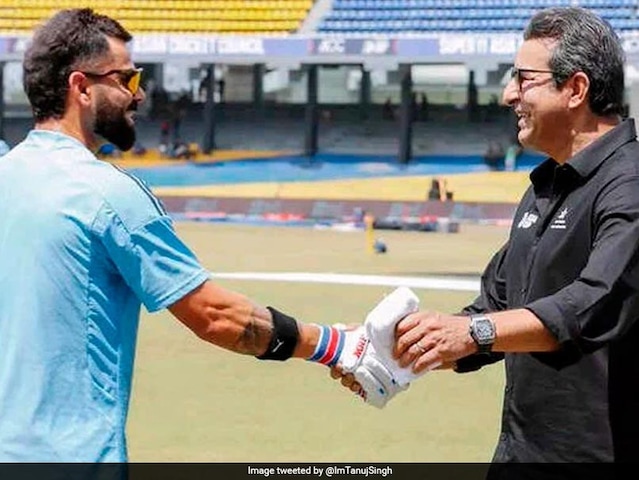Tribal women walk to their villages in Chhattisgarh. Image for representation only
| Photo Credit: AP
Finance Minister Nirmala Sitharaman on Wednesday announced the Pradhan Mantri-PVTG Development Mission to focus on improving the overall socio-economic conditions of 75 Particularly Vulnerable Tribal Groups across the country, who live in around 31,000 villages of India’s 18 States and one Union Territory. The announcement was made during the presentation of the Union Budget for 2022-23.
Ms. Sitharaman said that the Union government was putting forward an expenditure outlay of ₹15,000 crore, making this amount available over the next three years for the implementation of this mission.
“This will saturate PVTG families and habitations with basic facilities such as safe housing, clean drinking water and sanitation, improved access to education, health and nutrition, road and telecom connectivity, and sustainable livelihood opportunities,” the Finance Minister said, adding that the amount being set aside for this will be spent under the Development Action Plan for the Scheduled Tribes.
The detailed Budget statement for FY 2023-24 showed that the Ministry of Tribal Affairs has been allocated a total of Rs 12,461.88 crore, out of which the Ministry’s scheme for the Development of PVTGs, has been allocated ₹256.14 crore.
Senior officials in the Tribal Affairs ministry told The Hindu that its own scheme for the development of PVTGs, is just a small component of the PM-PVTG Mission. “But like the FM said, the goals are to build roads, telecom connectivity, water and sanitation. The monies for these efforts will go into the Scheduled Tribe Component (STC) of these respective ministries from where it will be allocated for the development of these groups,” he explained.
Among the ministries that are expected to be roped in to implement the PM-PVTG Mission are the Rural Development Ministry, through which housing component and road connectivity will be implemented; the Water Resources Ministry, under whose Jal Jeevan Mission clean drinking water connections will be taken care of; the Education Ministry, which will take care of building schools and hostels; and the Health Ministry, which will look at filling gaps in healthcare for PVTGs.
In addition to this, the Women and Child Development Ministry is also going to be roped in to get Anganwadi workers on ground to work towards sensitisation of PVTGs and ensuring they are able to sign up for government benefits.
One senior official of the Tribal Affairs Ministry said, “In most of these 31,000 villages, the need for infrastructure development is the most urgent.”
The Ministry of Tribal Affairs’ Development Scheme for PVTGs, running since 2008, has already been providing for livelihood, employment opportunities, education, health, provision of safe drinking water, land distribution, land development, social security, housing and habitat, connectivity (road and telecommunication), supply of electricity, irrigation, urban development, etc.
However, the expenditure reports show that spending under this scheme has declined significantly in the last five years since 2018-19, when ₹250 crore was spent on it. The following year, it dropped to ₹249.99 crore, dipping further to Rs 140 crore in 2020-21, rising slightly to ₹160 crore in 2021-22 and then going back down to ₹124.79 crore in 2022-23.
Ministry officials said that the reason for this dip in spending was initially the Covid-19 pandemic, “but more so because the money we were sanctioning to states were not being spent properly, lying in their treasuries”.








